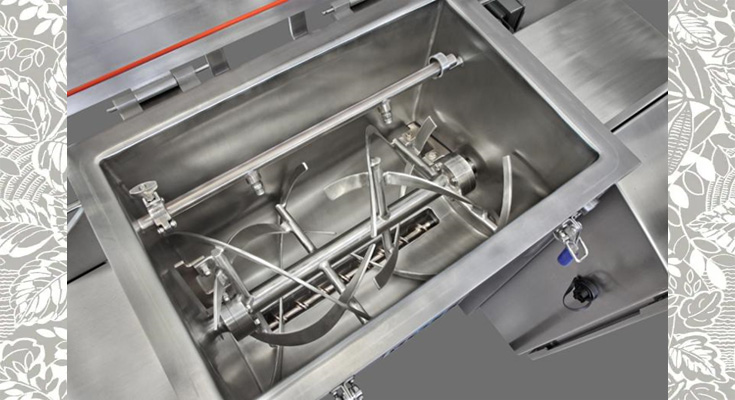You know what goes into a box of cake batter: flour, seasoning, sweetener, and baking powder. You know what goes into a 40-pound sack of concrete mix: gravel, sand, and cement. Did you ever wonder how the ingredients in a box of cake mix or a sack of cement mix are so well-blended when you open them? The same kind of tool is responsible for both, a device that is used to blend a great many substances to make them perfectly consistent. It is called a ribbon blender.
What Does a Ribbon Blender Make?
These machines are tremendously versatile. They come in a large variety of sizes with many different uses. Pharmaceutical companies employ them to compound medicines. Ribbon blenders mix the powdered food items in every grocery store. The largest of these machines is the ribbon mixer that is used to make construction materials such as stucco, concrete, plastics, and paint.
How Did It Get That Name?
The ribbon in a ribbon blender is not made of cloth but typically is a stainless steel blade. The blending element looks like several thin strips that circle a central shaft like ribbons around a maypole. The ribbon functions in such a way that the combined mix flows repeatedly through the container, which is shaped like the letter U. This allows the material being blended to circulate while eliminating air pockets that would allow clustering of certain ingredients. This mixing method also compensates for the different temperatures and textures of the combined substances.
Is Size the Only Real Difference Among Ribbon Blenders?
These machines actually vary quite a bit based upon the materials they mix. Often, manufacturers custom design blenders to suit the needs of a particular company or industry. Numerous scientific papers have reported on studies conducted to test the precision of these machines in achieving perfect blending.





